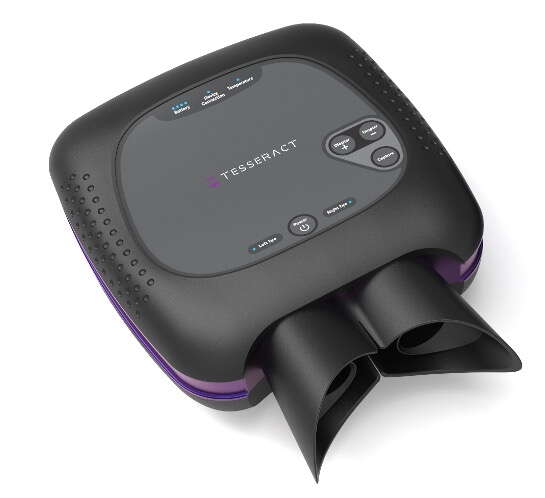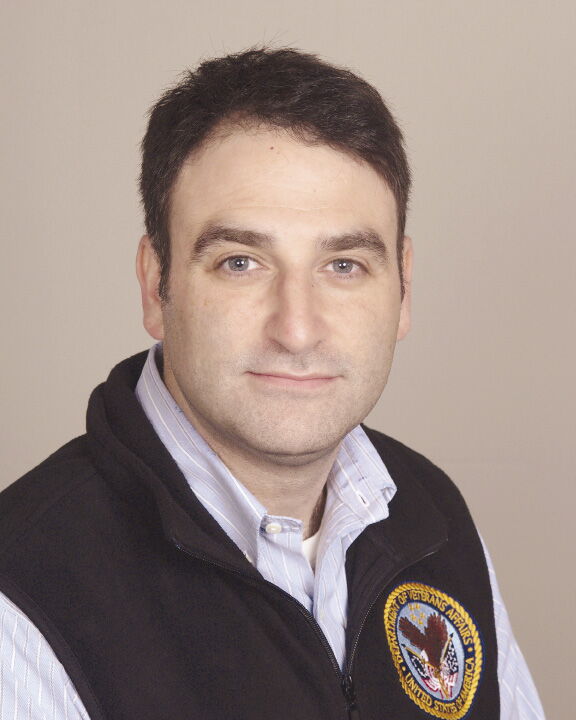
Processing Your Payment
Please do not leave this page until complete. This can take a few moments.
-
News
-
Editions
-
- Lists
-
Viewpoints
-
HBJ Events
-
Event Info
- 2024 Economic Outlook Webinar Presented by: NBT Bank
- Best Places to Work in Connecticut 2024
- Top 25 Women In Business Awards 2024
- Connecticut's Family Business Awards 2024
- What's Your Story? A Small Business Giveaway 2024 Presented By: Torrington Savings Bank
- 40 Under Forty Awards 2024
- C-Suite and Lifetime Achievement Awards 2024
- Connecticut's Health Care Heroes Awards 2024
-
-
Business Calendar
-
Custom Content
- News
-
Editions
View Digital Editions
Biweekly Issues
- April 15, 2024
- April 1, 2024
- March 18, 2024
- March 4, 2024
- February 19, 2024
- February 5, 2024
- January 22, 2024
- January 8, 2024
- Dec. 11, 2023
- + More
Special Editions
- Lists
- Viewpoints
-
HBJ Events
Event Info
- View all Events
- 2024 Economic Outlook Webinar Presented by: NBT Bank
- Best Places to Work in Connecticut 2024
- Top 25 Women In Business Awards 2024
- Connecticut's Family Business Awards 2024
- What's Your Story? A Small Business Giveaway 2024 Presented By: Torrington Savings Bank
- 40 Under Forty Awards 2024
- C-Suite and Lifetime Achievement Awards 2024
- Connecticut's Health Care Heroes Awards 2024
Award Honorees
- Business Calendar
- Custom Content
Tesseract Health’s AI-enabled eye-scanning technology aims to detect deadly diseases
 PHOTO | CONTRIBUTED
Dr. David Rosenthal is the chief medical officer of Guilford-based Tesseract Health Inc., which is developing the Tesseract iC eye-imaging diagnostic technology platform.
PHOTO | CONTRIBUTED
Dr. David Rosenthal is the chief medical officer of Guilford-based Tesseract Health Inc., which is developing the Tesseract iC eye-imaging diagnostic technology platform.
As Dr. David Rosenthal peers into the depths of a retina clutching his hands on a black medical device resembling binoculars, he reveals his mantra: eyeballs are the windows to a human’s health.
A Guilford-based startup that Rosenthal helps oversee as chief medical officer — Tesseract Health Inc. — hopes to use novel multidimensional sensors and artificial intelligence to take an “eye selfie,” allowing doctors to peer into the back of the eye so they can better detect Alzheimer’s, MS, diabetes and even cancer, all from the retina.
The startup was founded by serial entrepreneur Jonathan Rothberg and is based out of his 4Catalyzer incubator program in Guilford, which boasts two companies that have recently gone public and raised a combined $1.1 billion.
Tesseract has also gotten the attention of investors. The company recently raised $80 million in an oversubscribed series B financing round from Foresite Capital, Glenview Capital and Opaleye, among other financiers. The funds will be used to advance the company’s technology, pursue regulatory clearances and prepare for commercial launch.
Tesseract is still in the development stages, conducting studies and preparing its application for U.S. Food and Drug Administration review. The hope is to begin selling its product next year, pending regulatory approval, Rosenthal said.
The eye’s retina is the only part of the human body where Rosenthal says it’s possible to directly see arteries, veins, capillaries and nerves at once, which can all offer clues to a person’s health.
Tesseract’s technology platform — called the iC device — includes a chemical sensor, imaging technology and artificial intelligence to image the retina. The device itself, which is built with optical and semiconductor technologies, will also be portable, affordable and easy to use, Rosenthal said, helping improve access to care.

Tesseract’s iC device
That’s key because some of the technologies that have been around in ophthalmology offices for over 30 years are inaccessible to many people due to cost and portability challenges, he said.
The company says recent advances in artificial intelligence have enabled “accurate prediction of a person’s blood pressure, diabetic risk, smoking history, Alzheimer’s progression and heart attack risk by peering into the eye with a camera and an algorithm.”
“Over the last five years or so, with advances in deep and machine learning, computers can see things that humans cannot see,” Rosenthal said. “Computers can be trained to make diagnoses we can’t see in images.”
If its product gains regulatory approval, Tesseract anticipates initially selling its technology to primary care physicians, ophthalmologists and optometry practices. Future customers could include cardiologists, neurologists, emergency medicine doctors and hospitalists.
The company does not have revenues yet, but has raised about $90 million total from investors. It has 30 employees, though Rosenthal says Tesseract is “rapidly growing” with new offices opening in several cities, including Boston, Miami and San Diego. It already has a presence in New York City and Palo Alto, Calif.
Democratizing health care
Tesseract is in good company being part of the 4Catalyzer incubator. Two of its startups — Butterfly Network, which makes a pocket-sized ultrasound machine, and Quantum-Si, which is developing a protein-sequencing platform that promises to lead to better ways to diagnose and treat cancer and other diseases — recently went public after merging with special purpose acquisition companies, or SPACs.
Rosenthal wouldn’t say if Tesseract plans to follow a similar path, but an initial public offering is ultimately a key goal for any startup.
Rothberg, the Tesseract founder, said the company’s goal is to “democratize health care on a global scale.”
“Tesseract aims to disrupt health care by leveraging the wealth of information that exists in the human eye to promote health equity,” Rothberg said. “Everyone, anywhere, must have access to lifesaving diagnostic information. With Tesseract’s device, we believe they will.”
Rosenthal said Tesseract intends to sell its eye-imaging tools at a “significantly lower cost” than the devices ophthalmologists currently use, which can cost as much as $150,000 each.
“Part of our company’s mission is to work in health equity,” he said. “I worked in homelessness the last decade of my life, so I have seen first-hand how care is unequal and unevenly distributed even domestically. Our hope is we make devices cheaper and faster and more accessible.”
Lindsay Rhodes is on Tesseract’s medical board and works as a clinician scientist at the University of Alabama at Birmingham. She said the U.S. and world will see an increase in eye diseases, particularly among the growing elderly population in the coming years.
Typical ocular imaging devices tend to be large, expensive, and non-portable, limiting their use outside of the traditional healthcare system, Rhodes said.
“Small, portable, cost-effective ocular imaging devices that can be used in a variety of locations such as primary care offices, retail stores, churches, community centers, developing nations, etc., will help identify vision-threatening eye disease at an early stage,” she said.
Rosenthal, a Harvard grad who explored filmmaking in college and even made several documentaries, including one that captured his grandfather’s battle with Alzheimer’s, said he feels especially good about innovating in the New Haven region.
“It’s exciting we’re doing this locally,” he said. “We’ve gotten funded here in Guilford and we’re recruiting here in Guilford. We really want to tap into the resources we have in the state as we hire many upcoming positions. We’re a local company looking for lots of talent.”

2022 Giving Guide
This special edition informs and connects businesses with nonprofit organizations that are aligned with what they care about. Each nonprofit profile provides a crisp snapshot of the organization’s mission, goals, area of service, giving and volunteer opportunities and board leadership.
Learn more
Subscribe
Hartford Business Journal provides the top coverage of news, trends, data, politics and personalities of the area’s business community. Get the news and information you need from the award-winning writers at HBJ. Don’t miss out - subscribe today.
Subscribe
2024 Book of Lists
Delivering Vital Marketplace Content and Context to Senior Decision Makers Throughout Greater Hartford and the State ... All Year Long!
Read Here-
2022 Giving Guide
This special edition informs and connects businesses with nonprofit organizations that are aligned with what they care about. Each nonprofit profile provides a crisp snapshot of the organization’s mission, goals, area of service, giving and volunteer opportunities and board leadership.
-
Subscribe
Hartford Business Journal provides the top coverage of news, trends, data, politics and personalities of the area’s business community. Get the news and information you need from the award-winning writers at HBJ. Don’t miss out - subscribe today.
-
2024 Book of Lists
Delivering Vital Marketplace Content and Context to Senior Decision Makers Throughout Greater Hartford and the State ... All Year Long!
ABOUT
ADVERTISE
NEW ENGLAND BUSINESS MEDIA SITES
No articles left
Get access now
In order to use this feature, we need some information from you. You can also login or register for a free account.
By clicking submit you are agreeing to our cookie usage and Privacy Policy
Already have an account? Login
Already have an account? Login
Want to create an account? Register
Get access now
In order to use this feature, we need some information from you. You can also login or register for a free account.
By clicking submit you are agreeing to our cookie usage and Privacy Policy
Already have an account? Login
Already have an account? Login
Want to create an account? Register






0 Comments